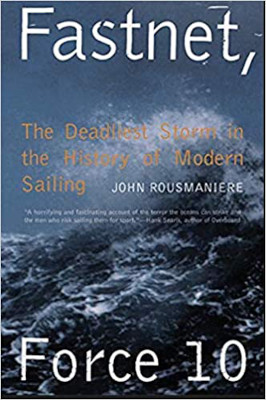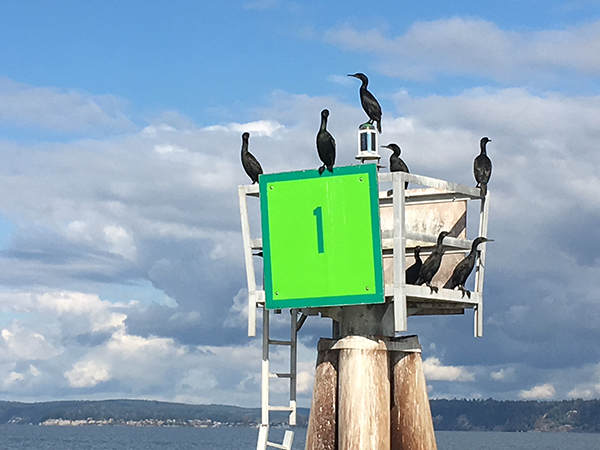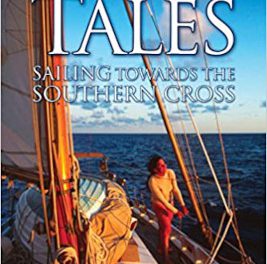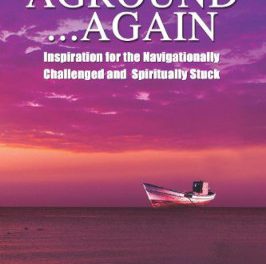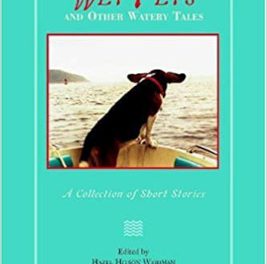Force 10: Wind speed 48 to 55 knots. Very high waves with long overhanging crests. The resulting foam in great patches is blown in dense white streaks along the direction of the wind. The whole surface of the sea takes a white appearance. The tumbling of the sea becomes heavy and shock-like. Visibility is affected. – Beaufort Scale of wind and sea conditions.
Salt water weighs 64 pounds per cubic foot, and a moderately large breaker 6 feet high, 10 feet across, and 6 feet thick carries, at a speed as high as 30 knots, 23,000 pounds of water. The average boat in the Fastnet Race weighed considerably less than that.
Tales of the sea are filled with stories of small boats in large storms. This reprint of John
Rousmaniere’s 1979 book is a true tale of many small boats in a very large storm. The English Fastnet Race of August 11, 1979, raced small and large boats through a very large storm to become, as the subtitle says, “The Deadliest Storm in the History of Modern Sailing.”
Numbers of boats sunk (5), boats abandoned (19), and crew swept overboard and lost (15) become more than just numbers when interspersed with the stories of the survivors clinging to broken boats and desperate rescue efforts. John tells the stories of boats that had an easy time and about boats that lost crew overboard never to be seen again. John also includes stories of heroic rescue efforts by the Royal Navy.
This book is one that should be started when you have time to read it through. It is well written with many personal observations as a crewmember on a boat in the race. He also includes suggestions on what happened, and how many of the problems could be prevented in the future. This updated version includes a comparison to the Sydney-Hobart race of 1998 and what the yacht racing community did or did not learn. It is a must read for anyone venturing beyond the shoreline.
Fastnet, Force 10 by John Rousmaniere (W.W. Norton & Company; 1979)

